The story of ULDALL
The story of ULDALL (Uldalls Jernstøberi) has roots back to the Danish occupation period, when Magnus Uldall, a young and hopeful man, applied for an apprenticeship as a blacksmith, but instead found opportunities in the world of foundries. In 1940, foundries were numerous, and every self-respecting town had an iron foundry, including Vejen and its surroundings with as many as three foundries.
Read the full story here:
A modern and responsible manufacturing company
With continuous investments in sustainability initiatives, the iron foundry has managed to remain an integral part of the original address on Søndergade in Vejen, while at the same time developing into a modern and responsible production company.
Today, ULDALL employs approximately 55 people and produces more than 1,200 tonnes of cast iron annually. The company is a major player in the industry, driven by the dedication of its "real iron men".
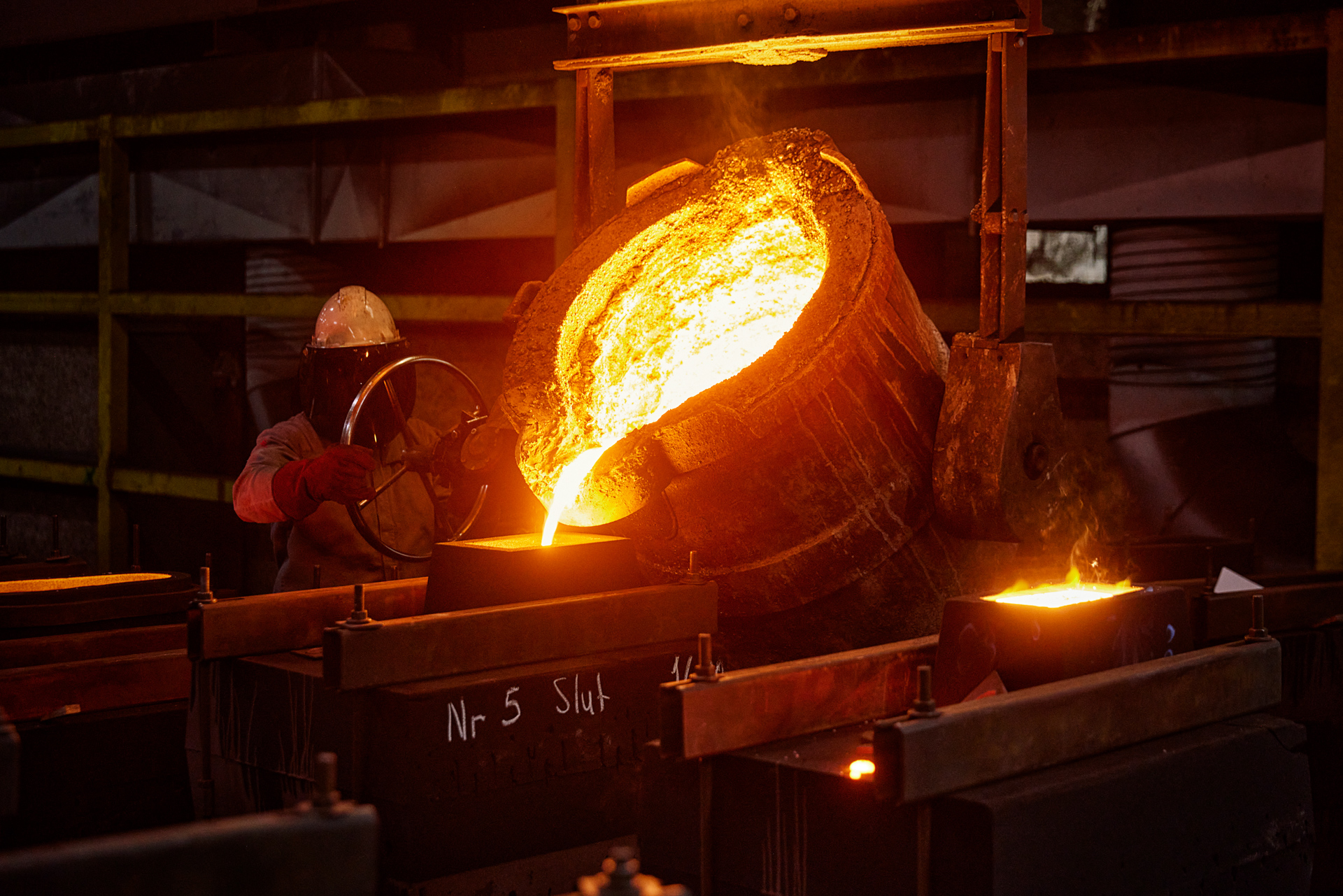
2002
A part of BIRN Group
BIRN in Holstebro, Denmark, one of Northern Europe's largest foundry groups, took over the majority of the shares in ULDALL, accelerating the modernisation of production and strengthening the company's environmental business model.
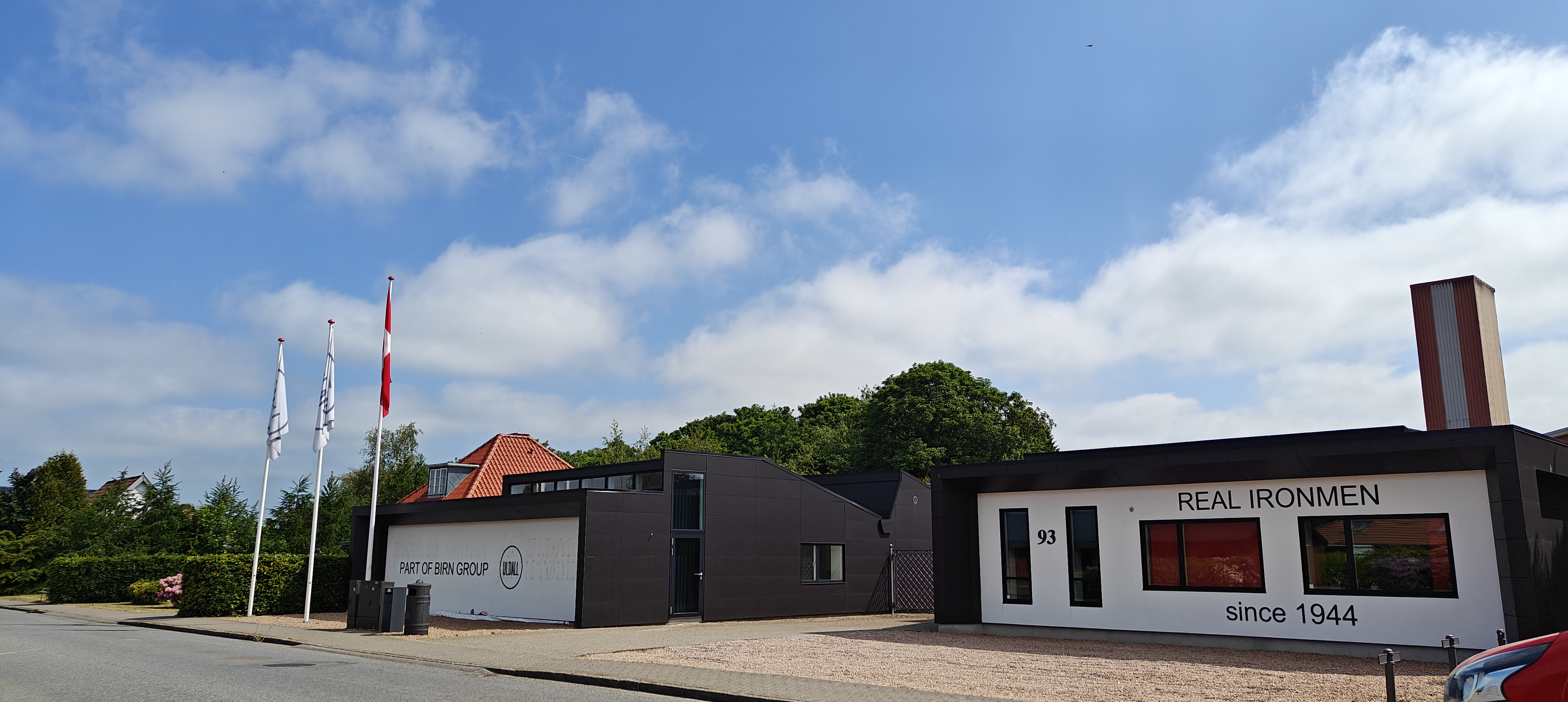
1980'erne
Generational
Magnus Uldall handed over the baton to his son, Jens Aage Uldall, who continued to develop the company with his education as a hand shaper and mechanical engineer. Under his leadership, it became Denmark's largest hand-shaping company.
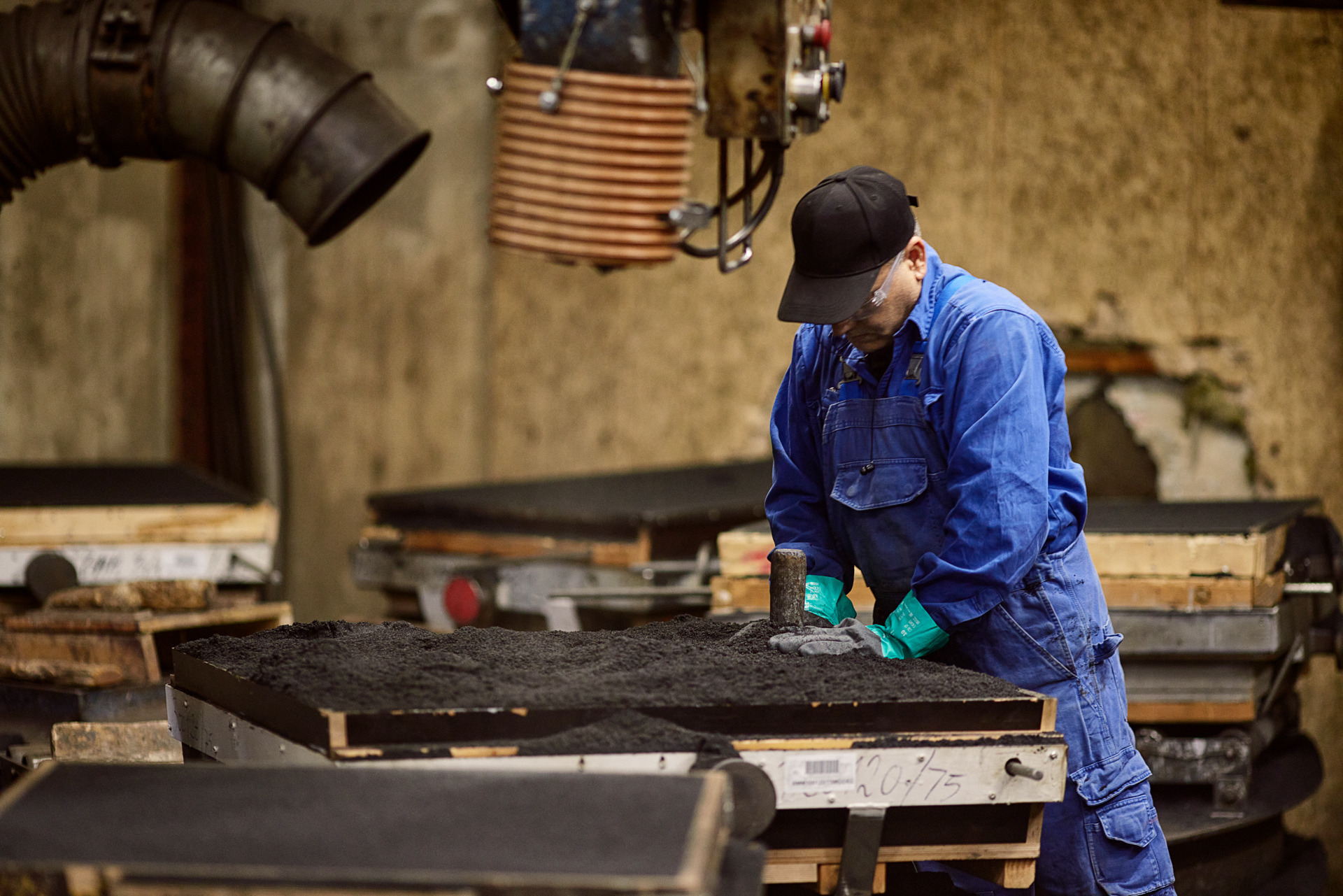
1960'erne
Urban development and expansion
In the 1960s, the city limits were approaching the factory, and despite its original location in a rural zone, ULDALL continued its expansion and growth.
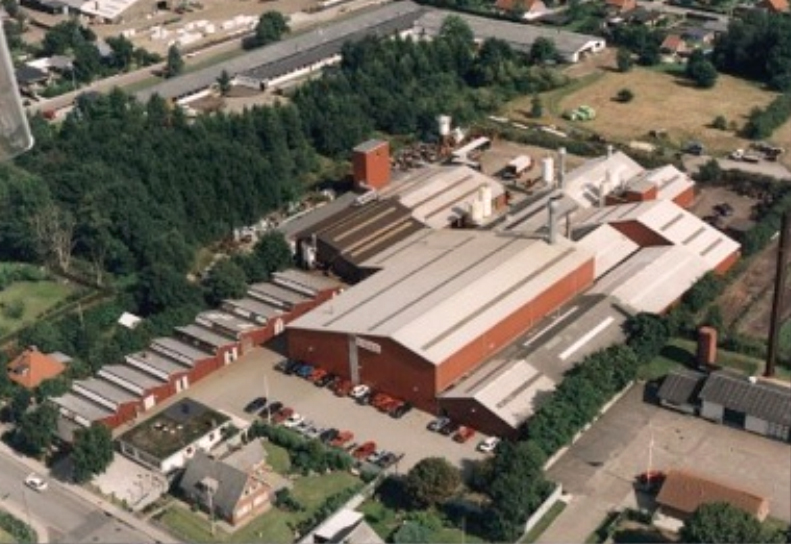
1949
New technology and development
The installation of a new dome furnace in 1949 marked a technological upgrade that allowed iron to be melted, strengthening the factory's position and focus on iron casting.
(Image courtesy of Vejen Miniby)
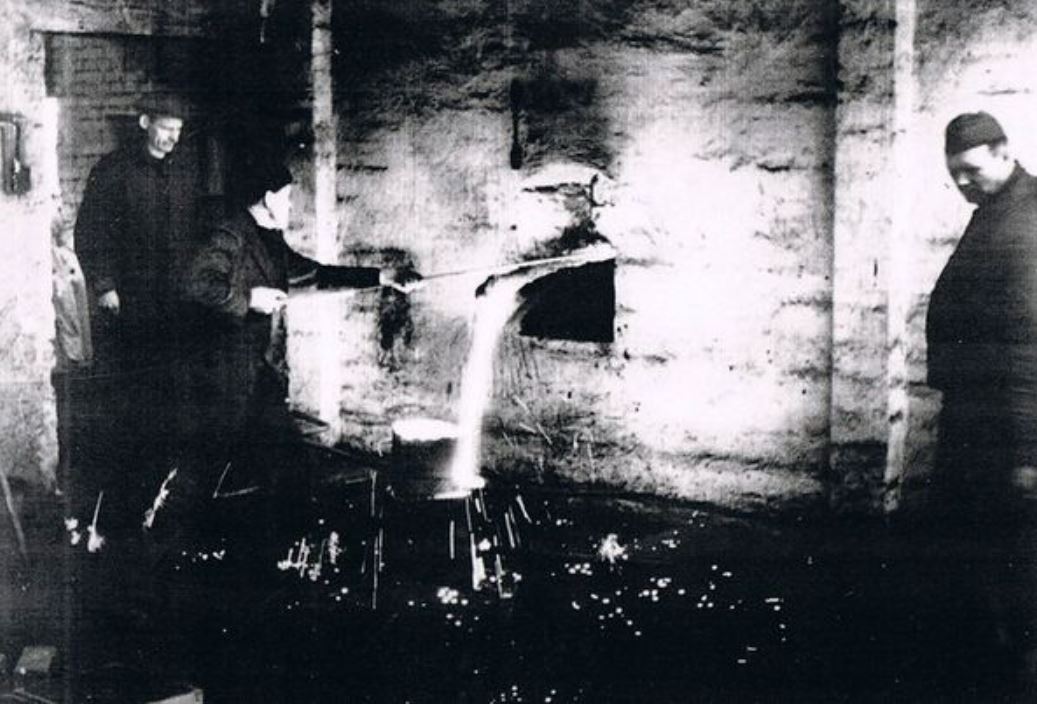
1944
The founding of Vejen Metalvarefabrik
Magnus Uldall, a true iron man, founded Vejen Metalvarefabrik with permission to collect destroyed war material for recycling. This wealth of initiative led to the establishment of the factory and foundry, which later grew large and later became an iron foundry.
(Image courtesy of Vejen Miniby)
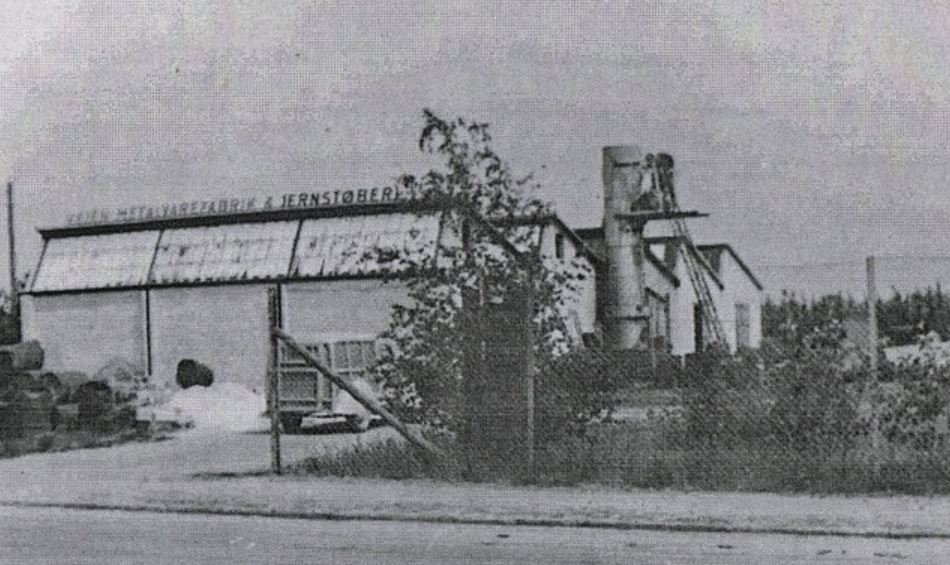
The history of cast iron goes back many thousands of years. Iron spearheads have been found as far back as 4000 years before our era. Today, the use of cast iron is in many industries and segments due to its wear resistance and durability, among other things.
